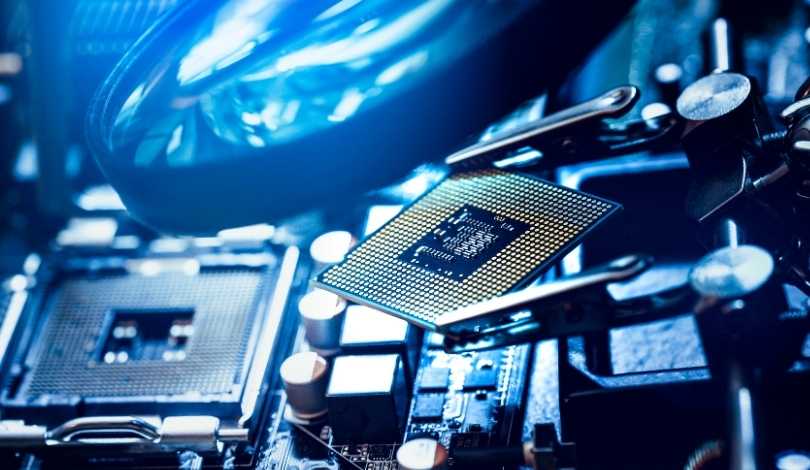As demand for faster data speeds grows in data centers, AI, automotive, and consumer applications, the PCI Special Interest Group (PCI-SIG) has moved ahead of current adoption rates by announcing PCIe 7.0 and initiating PCIe 8.0 development. Industry players often face a dilemma as new standards are revealed long before the preceding ones become widespread, leading to overlapping transitions that challenge manufacturers and developers. The speed at which these protocols appear compared to their implementation timelines often reflects broader trends in technology adoption and driven market pressures for higher bandwidth.
PCIe 7.0 follows PCIe 6.0, which itself has yet to see mainstream deployment even in high-end systems. While PCIe 5.0 hardware has gradually started appearing in consumer and enterprise markets, the jump toward PCIe 6.0 adoption remains limited due to manufacturing and integration complexities. Previous announcements of new PCIe versions have typically preceded widespread market presence by several years, and the simultaneous discussion of PCIe 8.0 development echoes a familiar pattern in the technology sector, where time to adoption lags behind innovation cycles.
PCIe 7.0 Specifications and Timeline
Expected to double the bandwidth of PCIe 6.0, PCIe 7.0 aims for up to 512 GB/s bidirectional throughput using a 16-lane configuration. This speed leap is intended to address the requirements of artificial intelligence, machine learning, edge computing, and high-performance storage. The standard will maintain backward compatibility and is projected for release in 2025, with commercial deployment likely further off as manufacturers align with the new protocol.
Why Announce PCIe 8.0 Now?
Development of PCIe 8.0 was initiated to ensure the specification roadmap aligns with anticipated advances in processor and memory technologies over the next decade. The ongoing work involves early research into enhanced signal integrity and power efficiency, although no performance targets or release timelines are finalized yet.
“By starting the development process now, PCI-SIG wants to prepare the industry for upcoming performance needs while balancing technical feasibility,” stated a spokesperson from PCI-SIG.
Industry Impact and Compatibility Concerns
The swift rollout of new PCIe specifications presents both opportunities and challenges for manufacturers, particularly in terms of design and compatibility. Each step forward must sustain interoperability with thousands of existing add-in cards and motherboards while permitting innovations in power and signaling. Industry leaders such as AMD, Intel, NVIDIA, and Marvell, who are part of PCI-SIG, will need to weigh the benefits of upgrading against the costs and logistical demands of supporting several generations simultaneously.
Stakeholders must anticipate a period in which multiple generations of PCIe, including PCIe 5.0, 6.0, and 7.0, coexist as product ecosystems catch up with announced standards. Keeping compatibility and integration challenges manageable remains a key issue. The history of PCI-SIG standards reveals that the market often prioritizes stability and broad support, which may delay the full adoption of newly announced protocols, even as new advancements keep coming.
For system builders and IT professionals, understanding the release cadence and expected bandwidth enhancements of upcoming PCIe generations helps inform purchasing and planning decisions. Aligning infrastructure investments with realistic deployment timelines, rather than headline announcements, is critical for cost-effective system upgrades. Ongoing coordination between protocol developers and hardware manufacturers will shape the pace at which users can benefit from faster PCIe standards.










